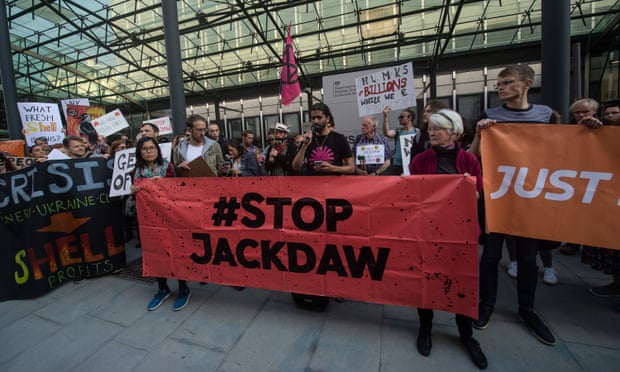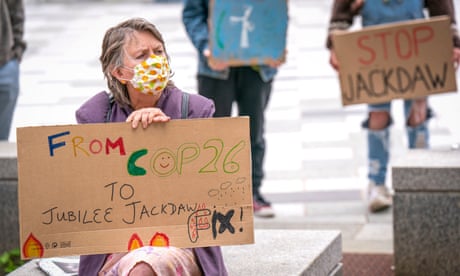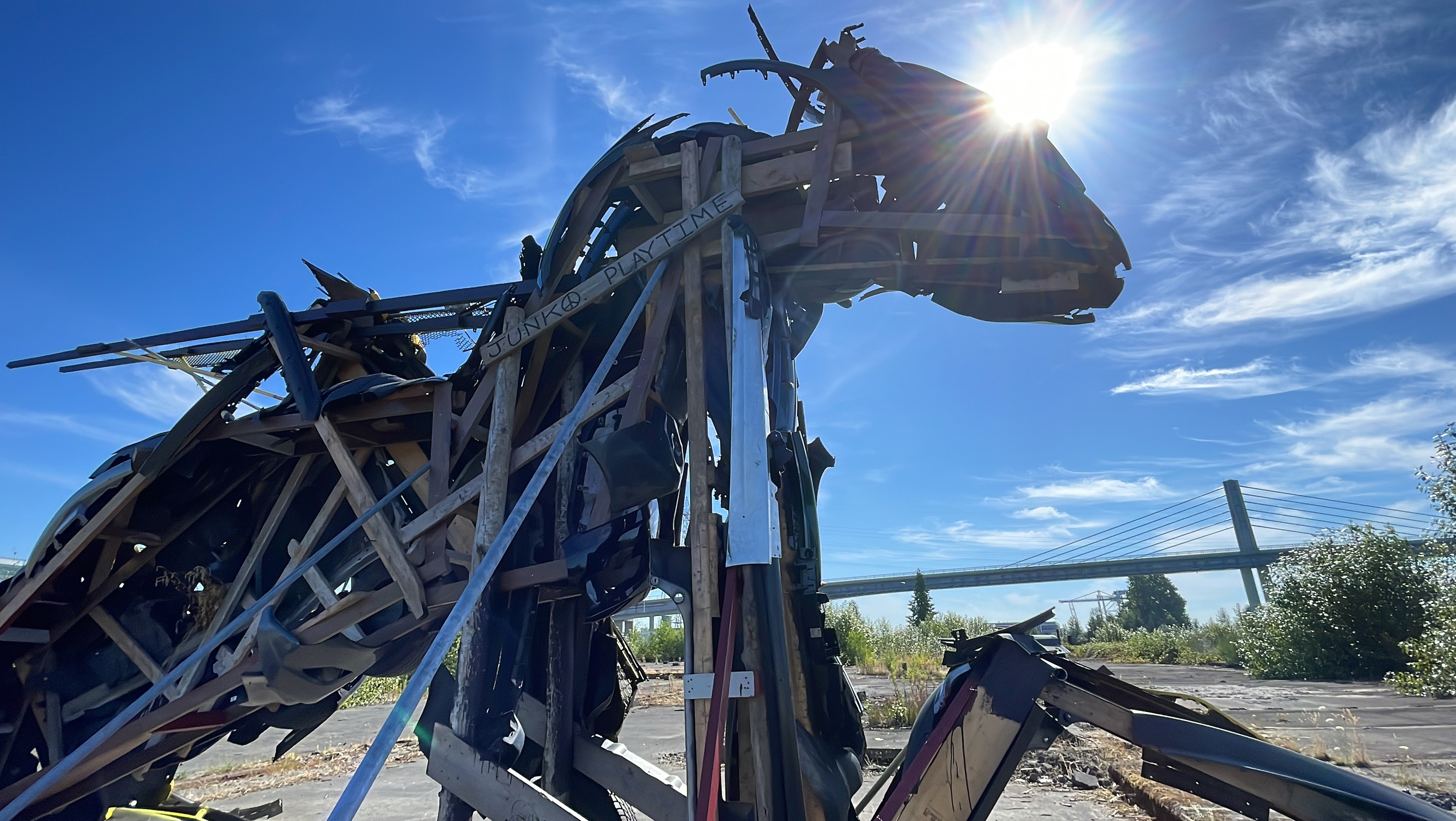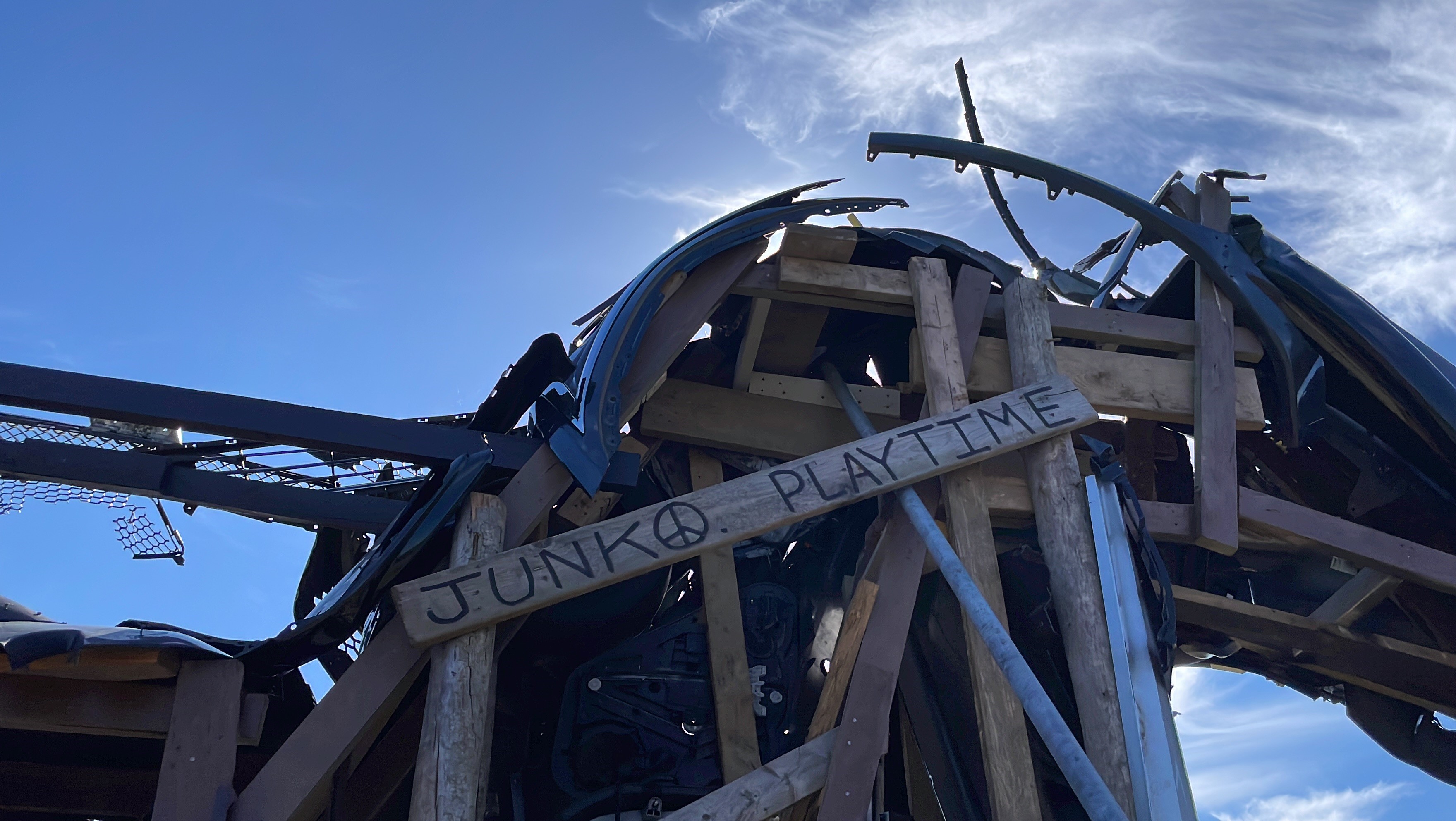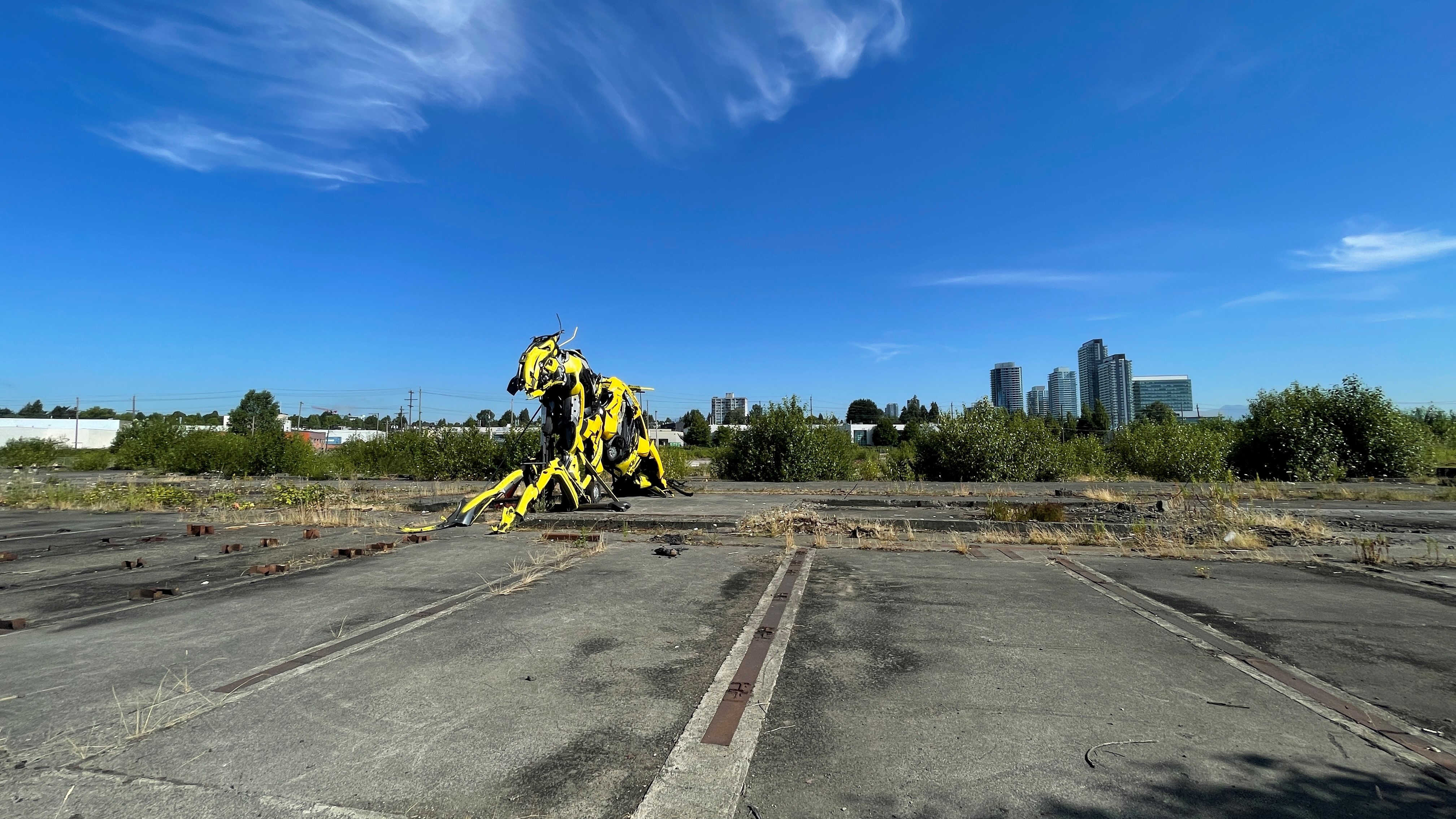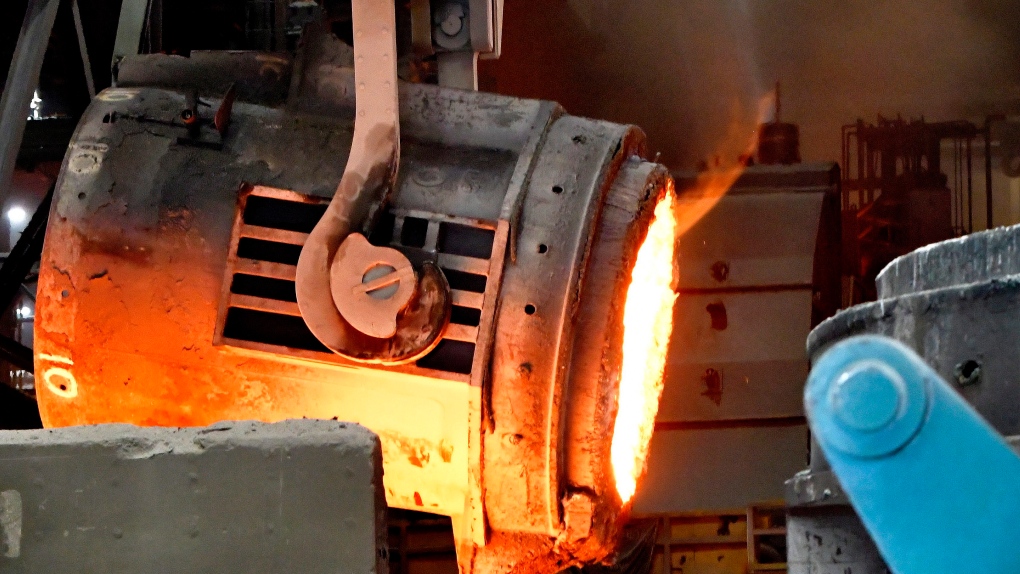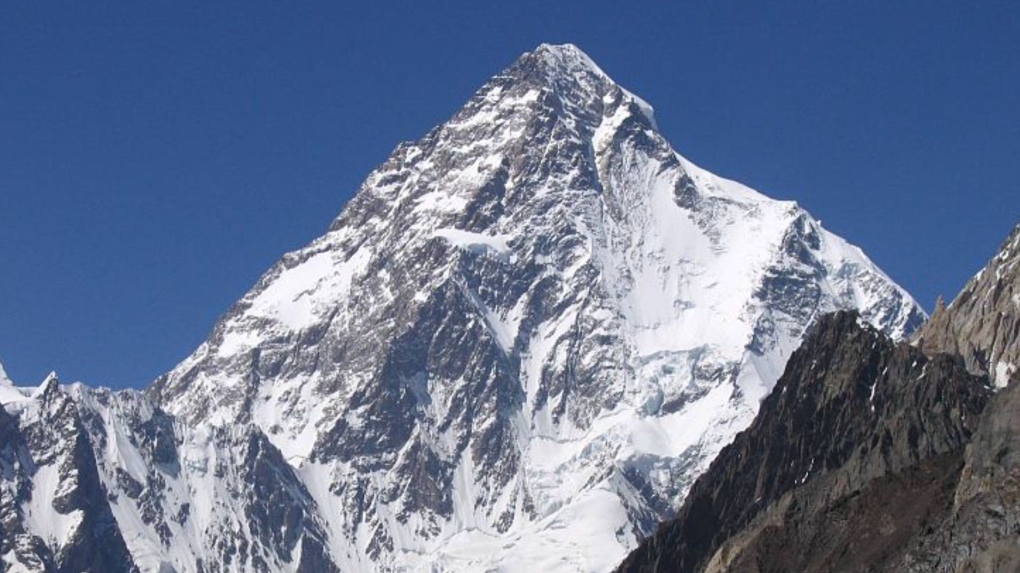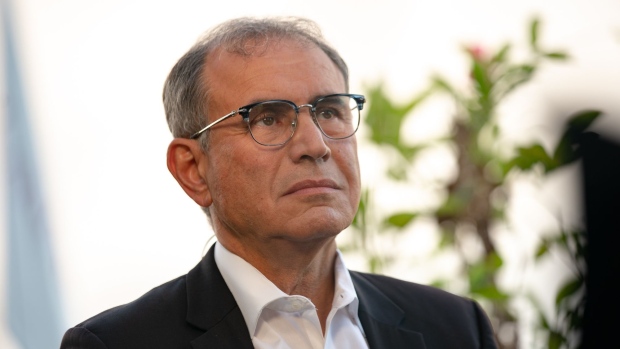Kayla Rourke's first banking experience was with Conexus Credit Union but left to try the Bank of Nova Scotia in her teens, hoping to take advantage of the Scene points program to earn free movie tickets.
She later tried another bank or two but eventually, the 29-year-old Regina-based teacher returned to Conexus five years ago because of its no-fee chequing account, customer service and focus on helping local communities. In 2021, for example, the credit union reinvested more than $1.9 million back into Saskatchewan communities through their Community Investment Program.
“I feel really happy staying with a credit union because I want to make life better where I live,” Rourke said.
“It feels like at a bank I’m always trying to be sold something,” she added. “I feel like at a credit union, I’ve had such good discussions on how to build wealth or save for particular goals while keeping it realistic. I love how they’ve checked in with me to see how it’s going … I feel like at a bank I was a customer and at a credit union, I feel like a client.”
Disha Soni, a 32-year-old self-employed financial adviser, said in her case it made more sense to go with a bank rather than a credit union because they’re well known around the globe and have many physical branches.
“They are well established and I had more confidence giving them my money,” she said. Soni, who immigrated to Ottawa in November 2021, was also attracted by the offers that banks have for newcomers.
In recent years, the Canadian Credit Union Association has been promoting credit unions to millennials and Generation Z. According to a report entitled “Credit unions and millennials” published by MNP, attracting and retaining millennials and Generation Z is vital to sustaining the Canadian credit union system, especially as it faces an aging member base.
Ipsos’s Customer Service Index Survey conducted over 2021 revealed that 59.2 per cent of credit union members are over the age of 55. Only 12 per cent of credit union members, on the other hand, were 18 to 34 years old.
With banks, the survey showed that 17.5 per cent of customers are 18 to 34 and 45.6 per cent of customers are 55 and over.
Annette Bester, national leader of credit union services at MNP, said there’s a lot of education that needs to be done around credit unions to spread awareness on what they are and what they do. This awareness can vary by geography, she said.
For example, while credit unions are more known in parts of the country such as Saskatchewan, there may be less awareness in Ontario, where most of the country's major banks are headquartered.
There are some misconceptions about credit unions, such as if you join a credit union that operates in one province, you won’t be able to access funds elsewhere if you’re travelling, Bester said.
“Credit unions have access to ATM networks across the world and they’ve got mobile banking apps. They’ve got all the same things that the big banks do but maybe it’s not known,” she explained.
Credit union members can use any ATMs that belong to the Exchange Network free of charge but will have to pay a surcharge using ATMs that are not part of the network.
Pamela George, a financial literacy counsellor at Sand Dollar Financial Literacy, said the biggest downfall for credit unions is that they don’t have a big budget for marketing like banks do.
Otherwise, both George and Bester believe that the financial co-operative, community-focused nature of credit unions would be appealing to young people if they understood more about how they worked.
For example, customers of credit unions are called members, and profits go back to the credit union to help set up better interest rates and lower fees for members, George said.
Where banks have the upper hand is with better technology on their apps and websites. They lead the way in this area, George said.
When deciding the right fit for them, young people will have to weigh digital technology and the availability of physical locations Canada-wide against whether they’d want to bank with a financial co-operative with a community focus.


